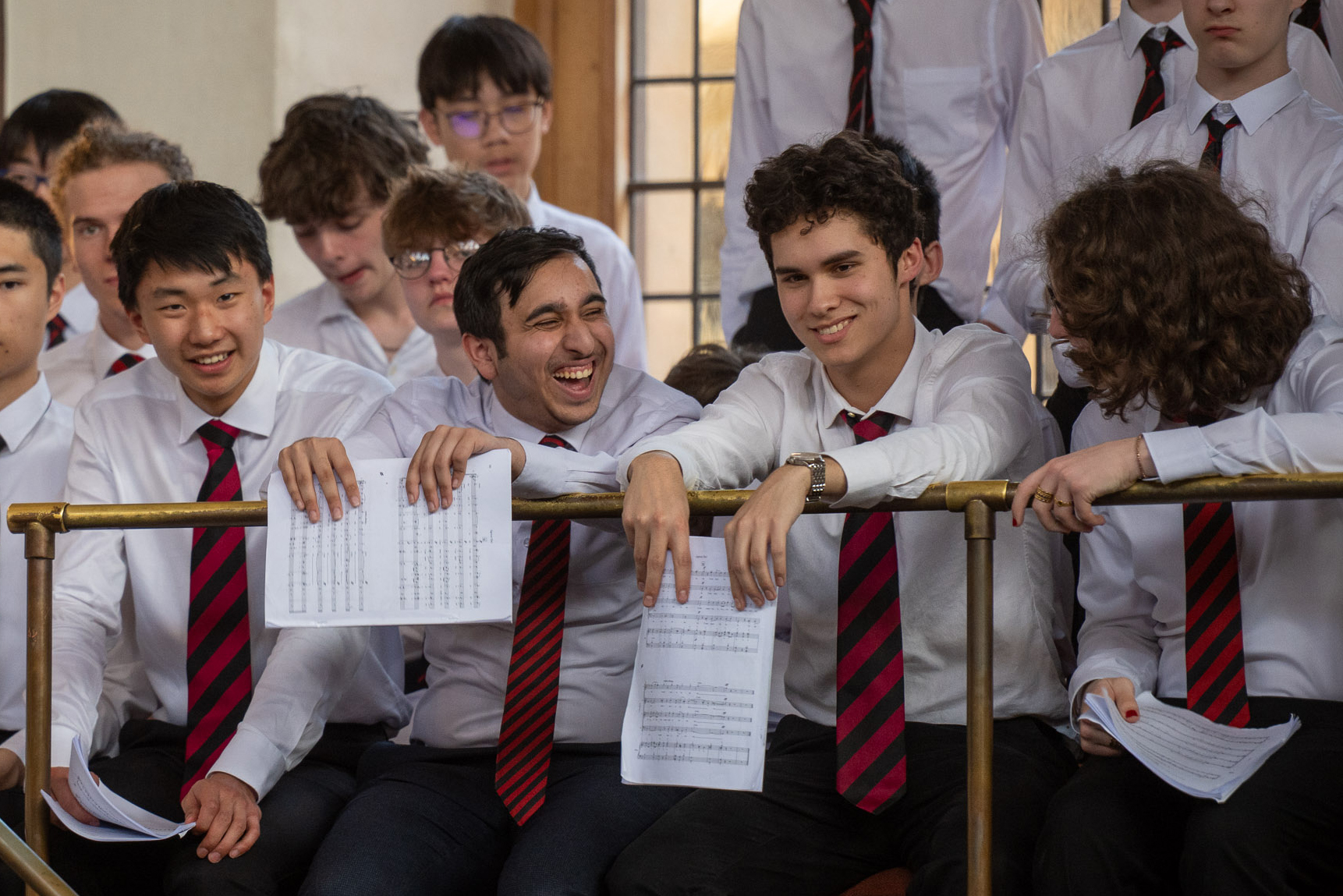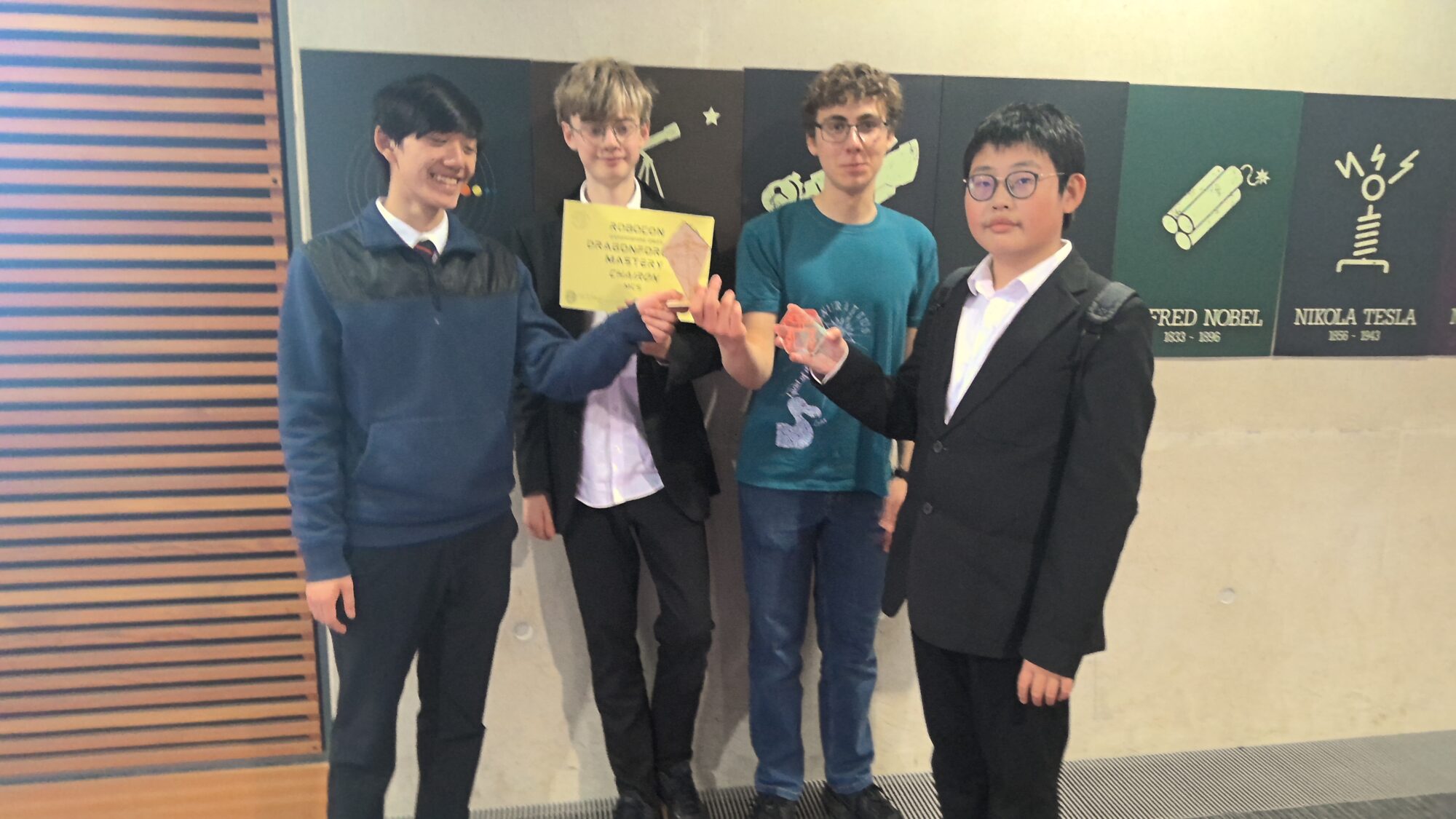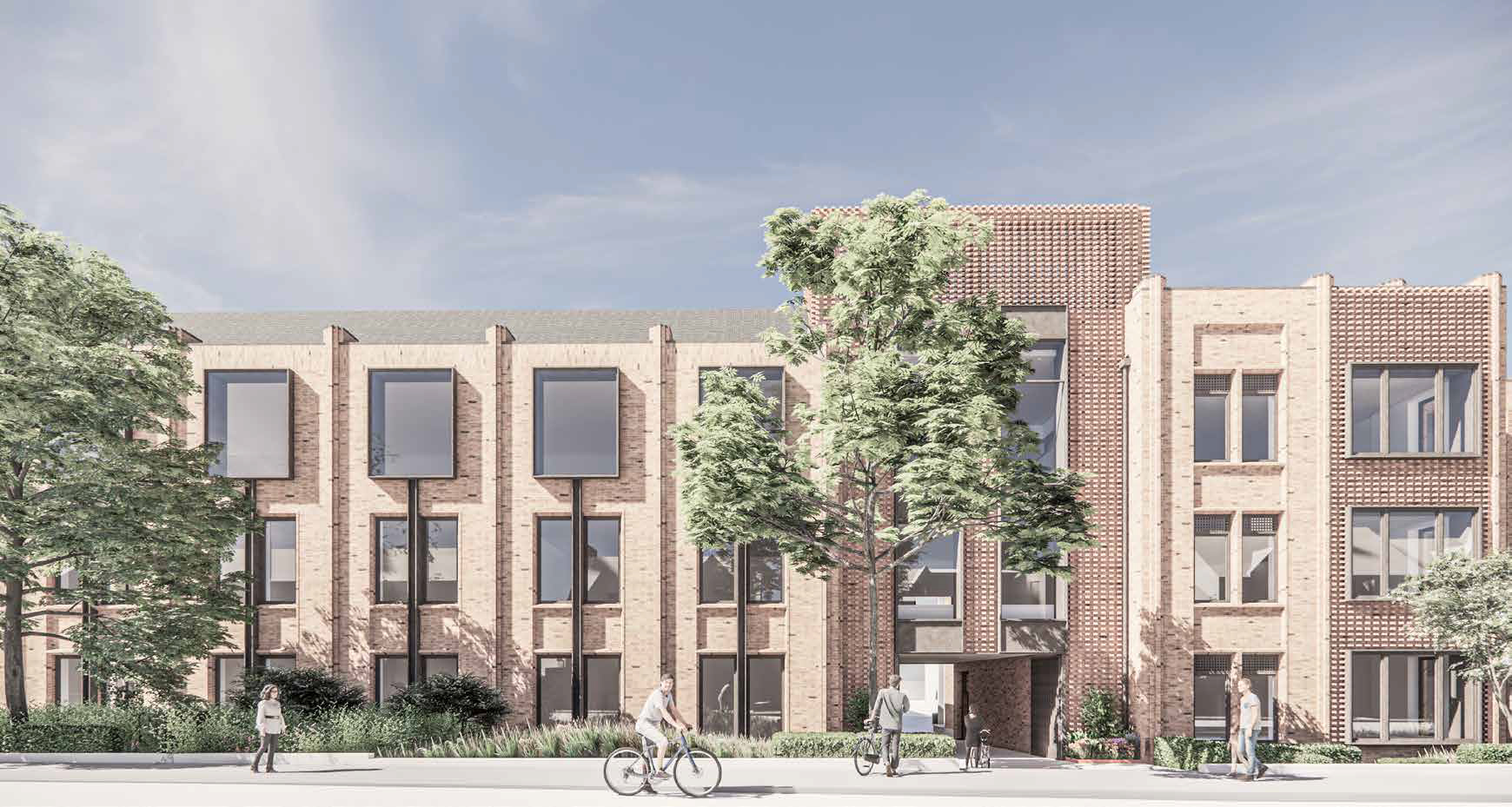Edmund Alfred Booth, better known as Eddie (or, according to his electricity bills, “Lord Booth”), died on the 6th May 2018, just two months short of his 70th birthday, which he had been looking forward to celebrating.
OW John Caird (1967) writes: “I’m sad to hear that Eddie has gone. He was one of a very small gang of us. We hiked the Welsh and Scottish hills together, went to the same parties with the same gaggle of girlfriends, shirked the same sports, mocked the same teachers and he laughed at all my most feeble jokes when no one else would. He was always smiling. I never saw him sad or disheartened, perhaps because his own finely-tuned sense of the absurd included his own troubles along with everyone else’s. He was just Eddie, and it might seem strange to say but I don’t know to this day if he was really Edward or Edmund or Egbert. I suppose I must have known once but I’m happy for him to be Eddie forever now.”
Eddie was married twice, first to Caroline, with whom he had his daughter Hattie, and in 1991 to architect and planner Chezel Bird, with whom he had a succession of cats and many homes, moving from London to Lewes, Cirencester and their final home in Midhurst.
Eddie trained as a town planner and urban designer. He worked for the Department of the Environment and Calderdale Council before joining English Heritage as historic areas adviser in 1986. At English Heritage he worked first in the South West, then the West Midlands and then three years dealing with London casework. Across the country he became the best-known evangelist for advocating a sensible treatment of the public realm, paving strategies and streetworks. He eventually became Chair of the IHBC (Institute of Historic Buildings and Conservation) from 2001-2004.
The second half of his career, from 1998, is defined by his work in the Conservation Studio, the practice he ran with Chezel Bird and continued after her untimely death in 2014. The practice reflected Eddie’s continued commitment to public service by predominantly taking on public and third-sector clients.
Towards the end he was peaceful. Unaware of the severity of his situation, he remained positive, when lucid, engaging in conversation about cars, music, and life in general, and capable of ordering his double espresso. His funeral in Chichester was followed by a celebration in the magnificent Gridshell building at the Weald and Downland Museum, where he taught the building conservation masters course.
Eddie wanted to be remembered as the Eddie we admired, respected and shared a glass of three with. He bravely, and with that fighting, unflappable spirit, kept going until he finally succumbed to an aggressive form of cancer. He was surrounded by the closest members of his family, including his daughter Hattie, and his two brothers, as he passed from this world.
(Text adapted from the IHBC’s publication “Context”)
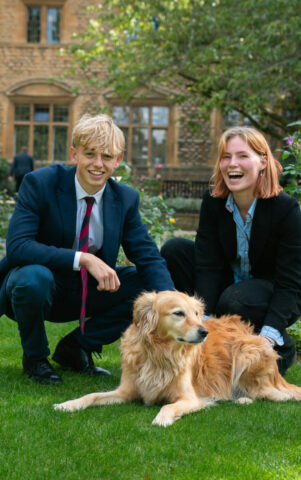 MCS ranks among the top independent secondary schools, and in 2024 was awarded Independent School of the Year for our contribution to social mobility.
MCS ranks among the top independent secondary schools, and in 2024 was awarded Independent School of the Year for our contribution to social mobility.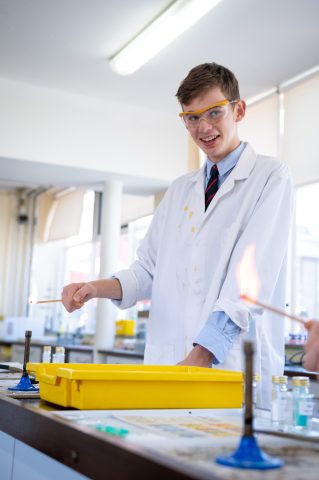
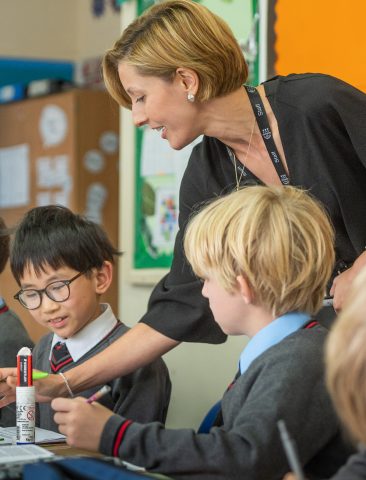
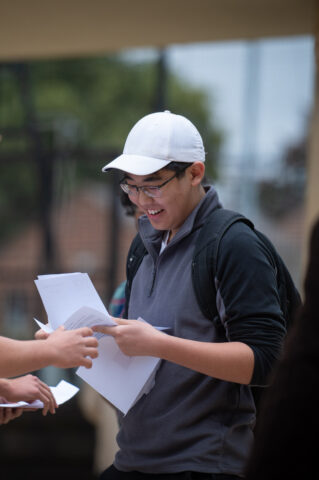 28 of our pupils achieved 10 or more 8 or 9 grades in 2024.
28 of our pupils achieved 10 or more 8 or 9 grades in 2024.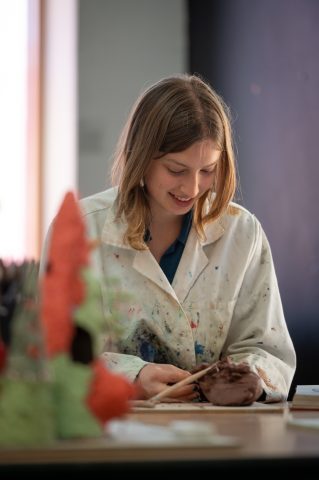
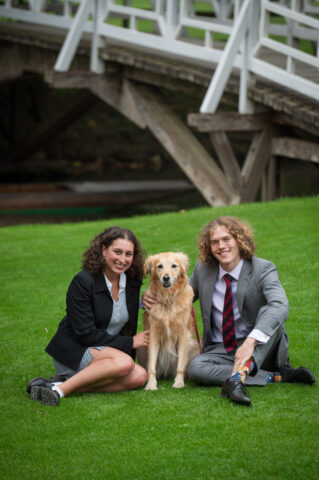 In 2023-24, MCS received over £448,000 in donated funds.
In 2023-24, MCS received over £448,000 in donated funds.